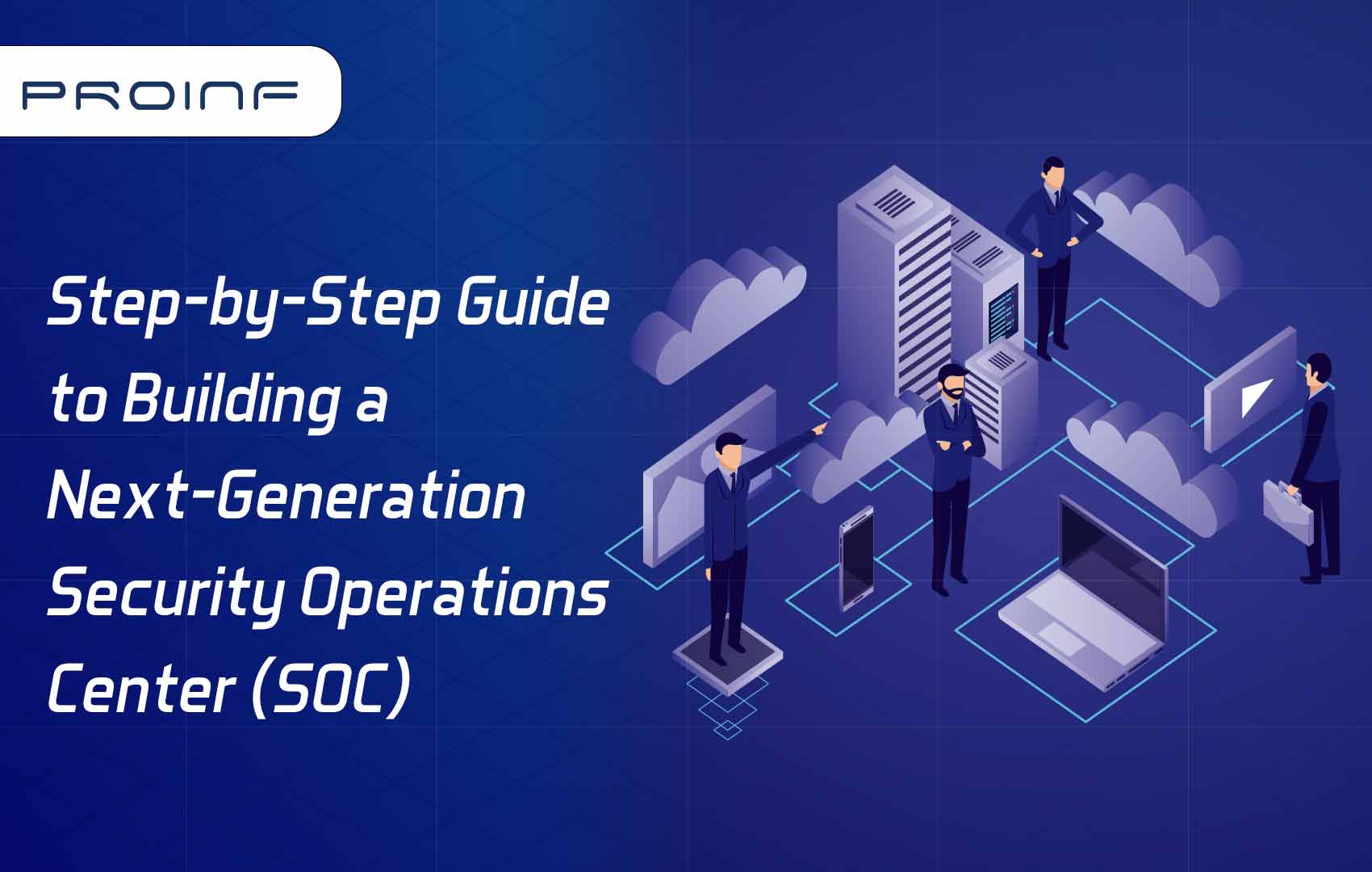10 Steps which will kick-start your On-Premise to Cloud Migration journey 2022
Cloud migration is defining the business landscape in the modern world. Every application, process, and architecture is dependent on the cloud. Your favourite shopping app to Netflix that throws up random Korean shows, everything runs on the cloud. Yet, many businesses run on 'legacy' IT assets – servers, networking equipment, and databases. For example, an application garnered immense publicity after an end user's video went viral. People love to use popular stuff. Will the legacy IT infrastructure support a sudden spike in the user base? Can it withstand peak loads? Does your hardware infrastructure has the elasticity to scale both vertically and horizontally?
If your applications and processes are on the cloud, they can. But how do we move from legacy infrastructure to cloud? We are here to make it easy. Just follow our 10 Steps guide for a successful On-Premise to Cloud Migration. See the magic and start leveraging the power of the cloud.
1. Comprehensive Assessment Program
It is essential to assess the current IT infrastructure, which includes applications, services, cloud computing power you require, bandwidth usage, storage utilization, workloads, and defining cloud migration KPIs. Establishing objectives and goals helps in better resource utilization, business agility, and financial savings. Evaluating and listing applications based on priority will be beneficial for your cloud migration journey.
2. Budget, timeline, and Cloud Partner
leveraging the power of the cloud can be helpful in numerous ways. Sticking to the agreed budget and timeline is vital for a successful migration. Goals, objectives, and what migrates to the cloud define the budget and timeline. A constant check on pre-defined milestones helps in keeping up with the timeline. Depending on the applications, one has to choose their cloud partner. The 'One-size-fits-all' notion does not fit in. A thorough study of offerings from different cloud partners helps in budgeting. A highly flexible, scalable, diverse cloud platform with high reliability and security should be your de facto choice.
3. Fortifying your team with skill
This is the critical aspect many enterprises overlook while migrating to the cloud. Any lapse in training the workforce properly for a cloud platform can affect the company. Training should include following security practices, navigation on the cloud platform, new policies discussion, and documentation. Practical training is highly recommended and enables the workforce to use various capabilities and features of the cloud while carrying out daily tasks. Using the proxy teaching methodology can be helpful.
4. System compatibility
In digital space, junk piles up with time. Before migrating to the cloud, cleaning and evaluating data, applications, architecture, and processes is essential. Applications that work on traditional servers on-premise may not be cloud-ready. Checking for such applications' compatibility with the cloud environment is a must. If an asset is incompatible, retiring or re-architecting the applications is a solution.
5. Determine migration approach
Analysis of volume of data, existing applications, scalability, level of cloud integration, and other factors determine the migration approach. It comes in three ways:
- Lift and Shift – AKA rehosting, it is simply moving the on-premise infrastructure to the cloud with little to no changes.
- Rebuild or Refresh build – At times, owing to compatibility issues, writing an application from scratch might be inevitable. Parallelly, a few applications may not be compatible with the cloud environment. Such applications are retired and replaced with similar ones.
- Cloud Optimization – One can tweak the application to take advantage of the cloud capabilities while migrating and making sure the Specific Cloud features are not over-provisioning or under provisioning Often it is done by expanding the code base or rewriting partially and then deploying it.
6. Prioritize migration components
The most mission-critical is prioritizing migration components. Having dependency diagrams between applications and processes is essential to start this process. How are two applications interconnected? Their dependency? What services will be affected? The order of migration? How much data is to be transferred/moved? One should factor in all these variables while prioritizing. Phased migration is the most common approach in the industry.
7. Identifying resource and migration capabilities
Identify and assess each application's network, computing, scaling, provisioning, and security requirements. It cuts down costs and optimal utilization of resources. To ensure operations are unaffected during migrations, analyzing the ability to roll back and carry on-premise operations, and carrying out pre-migration validation and testing is crucial.
8. Monitor performance and utilize management tools
To achieve optimal resource utilization, constantly monitoring the performance of your infrastructure systems is critical. This will provide the inputs for your capacity & performance management, and forecast your growth and budget planning. Either one can choose the management tools from a third party or the Cloud providers.
9. Define cloud policies
Apart from dynamic resource allocation, remote accessibility is the biggest asset of the cloud. Remote access allows people to access data from anywhere with an active internet connection. Though it opens the possibility of remotely working, it raises security concerns. Hence, formulating a robust 'Cloud Policy' is vital. The 'Cloud Policy' should define who can access data depending on their job roles. Opting for a Zero Trust framework using multi-factor authentication, single-sign-on, Role-based-access, etc. secures the system.
10. Migration architect role
Deep technical understanding of the cloud and the ability to implement strategies to meet the client's target Cloud environment define a Migration architect. Working as a consultant, a Migration architect plays a crucial role in assisting an enterprise in choosing the right cloud platform, type of migration, single or multi-cloud deployment, and other strategic decisions. Migration architect anchors the entire cloud migration by developing and building viable, cost-effective, solutions which provide the much-needed availability, performance, and security for today’s enterprises. Years of experience in drafting a successful migration plan, prioritizing migration components, implementing complex IT solutions, and meeting timelines are the biggest assets a Migration architect brings to the table.
If you are an enterprise looking to take the next big step with cloud migration, the checklist helps you to get everything together.
Proinf offers turnkey cloud migration and integration solutions. Our Migration Architects have years of experience successfully building and managing complex cloud migrations across the globe.


